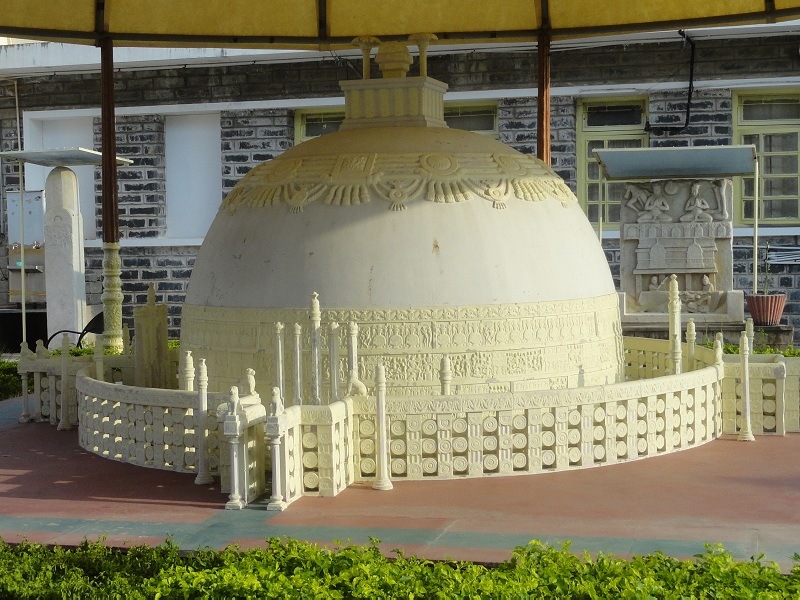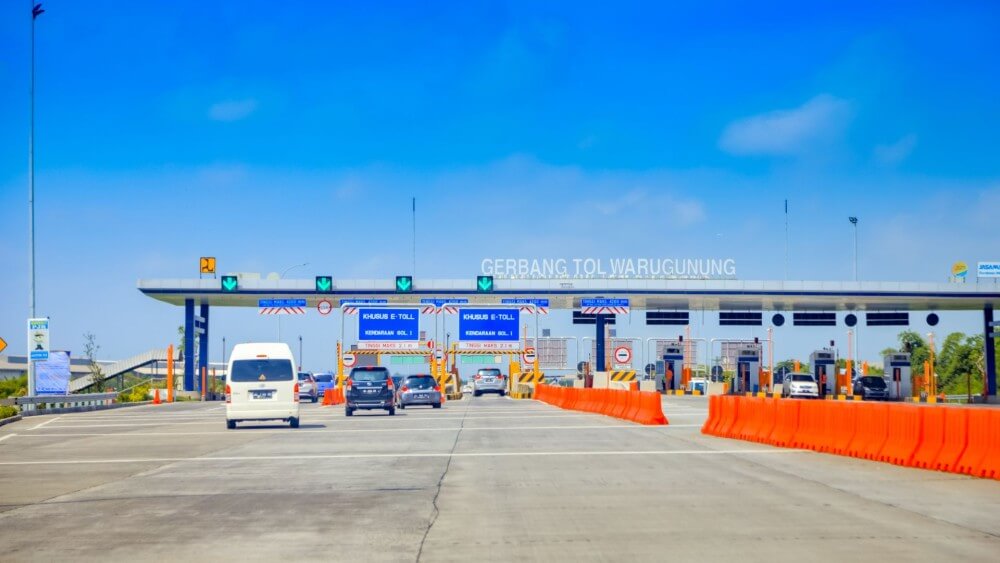Financing instrument and amount
Acquiring over 150 square kilometres of land for development via land pooling
Background
Following the split of the unified State of Andhra Pradesh in March 2014 into Andhra Pradesh and Telangana, Hyderabad, the former capital, became the capital of Telangana. The newly formed Andhra Pradesh State needed to designate a new capital city. Opting for a greenfield approach, the state government embarked on planning and developing a new capital city on predominantly agricultural land.
Based on the concept of land pooling, where landowners contribute their land in exchange for smaller but developed plots in the future, the government introduced the Land Pooling System (LPS). This system aimed to overcome challenges associated with traditional land acquisition methods, such as forced evictions and delayed compensation. Implemented from January 2015 onwards, the LPS targeted acquiring 38,581 acres (156 square kilometres) of land for the new capital city of Amaravati.
Approach
Under the Land Pooling Scheme (LPS), landowners were offered several benefits in return for contributing their land, including:
- Receiving 50% of their land back in the developed area, proportionate to the land they contributed.
- Exemption on development fee based on the size and location of the pooled land.
- Infrastructure improvements in their villages such as roads, water supply, and drainage.
- Social amenities like schools, hospitals, and parks.
Each of the 26 land pooling areas, delineated by village boundaries, featured fixed plot sizes. Larger plots were designated for wider roads, while smaller plots were designated for narrower roads. Both large and small plots offered a variety of sizes, providing landowners with multiple options to choose from to meet their total entitled area. For instance, landowners could divide their land into one large plot and several smaller ones or opt for joint allocations by combining their land with others. The order of plot selection within each land pooling area was determined through a lottery system among landowners. All landowners were provided with a land pooling ownership certificate with alienable rights, an exemption of registration fees, and entitlement to capital gains.
A preliminary version of the scheme was widely circulated for public review and feedback, with a 30-day period for comments and objections. Government officials visited villages to consult residents on aspects like plot design, size, and location for their returnable plots. Landowners could review subdivision plans for their villages and directly engage with officials to address their concerns.
The government officials took the feedback seriously, incorporating suggestions into a revised scheme. For instance, farmers emphasized the importance of locating reconstituted land plots near their existing villages.
Results
The scheme commenced in 2015 with an intensive consultation process largely with farmers across 24 villages in the planning area. Within just 60 days, the government had managed to secure the consent of 25,000 farmers in 22 out of 24 villages in total to contribute 30,000 acres of land for the new city.
The Andhra Pradesh LPS has been lauded by urban planners and policymakers across the country for its innovative approach to land acquisition and development. It has shown that it is possible to develop large-scale projects without resorting to forced evictions or alienating landowners.
Key Learnings
Clear legal framework.
A comprehensive and focused institutional framework was created in December 2014 to plan and implement the new capital. Various land assembly models practiced in India were reviewed and studied, including Gujarat, Chhattisgarh, Mohali (Punjab), and Maharashtra to develop a legal framework that included clear dispute resolution and the land re-allocation mechanisms. This was extremely effective to ensure that the policy was seamlessly announced and implemented.
Ensuring citizen involvement.
Land pooling requires the cooperation and approval of a huge set of citizens, making it imperative that the government involves them in the planning process. The project subcommittee did extensive field visits, consultations, and sought inputs from the farmers in the identified area to devise a policy framework that would address their concerns. The consultation process was well-designed to address the concerns of the landowners in a comprehensive and holistic way. Additionally, public disclosure of documents and notifications was built into the process at various stages.
Addressing situations of non-agreement.
Given that the land pooling scheme is voluntary, situations can arise where despite efforts to ensure fairness, citizens may choose not to participate. This necessitates that policymakers maintain contingency plans. Out of 26 villages in the Andhra Pradesh region, two opted out of the land pooling project. As an alternative, the state government offered compensation under the Right to Fair Compensation and Transparency in Land Acquisition, Rehabilitation and Resettlement Act (2013). Villagers contended that the LPS did not provide equitable compensation and criticized the arbitrary rates. Subsequently, in February 2020, the state government excluded these two villages from the Amaravati capital city area and merged them with neighbouring municipalities.
Sources
- Andhra Pradesh Capital Region Development Authority (2018). Pooling Land for Development in Andhra Pradesh. Available at: https://crda.ap.gov.in/crda_norifications/NOT07091749/01~Case%20Study%20on%20Land%20Pooling%20Scheme%20@%20Amaravati.pdf#:~:text=As%20the%20largest%20exercise%20of%20its%20kind%20in,33%2C700%20acres%20have%20been%20consolidated%20through%20the%20scheme.
- International Journal Of Engineering Research & Technology (IJERT) (2022). Land Pooling Practices in India – A Case Study of Amaravati and Magarpatta. Available at: https://www.ijert.org/land-pooling-practices-in-india-a-case-study-of-amaravathi-and-magarpatta
- Asian Development Bank (2022). Land Pooling in South Asia. Available at: https://www.adb.org/sites/default/files/publication/767671/sawp-088-land-pooling-south-asia-lessons-learned.pdf




